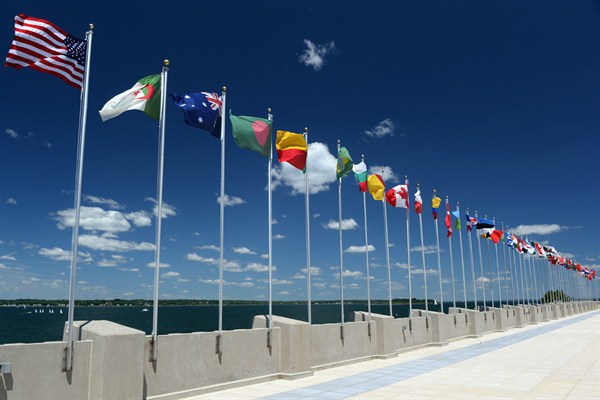The election of Donald Trump as president of the United States imperils the liberal international order that America has championed since World War II. That open world was already operating under strain, challenged by rivals and upheaval abroad. But suddenly, it is vulnerable at home, too. A wave of angry populism has propelled to power a nationalist leader who campaigned on a promise to put “America First.” As a candidate, Trump questioned longstanding U.S. alliances like NATO, criticized international institutions like the United Nations, and promised to abandon major trade, arms control and climate agreements. Little wonder that liberal internationalists are shuddering. Writing in the New York Times, outgoing Deputy Secretary of State Anthony Blinken frets that the new administration will “become complicit in dismantling” the very world that America made.
Can the open liberal order survive this sudden convergence of foreign and domestic assaults? And, if not, what will take its place?
It is too early to know what direction Trump will pursue once in office—and what route he will take to get there. But it is not too soon to consider the alternative paths he could choose and where they might lead. If Trump decides to abandon the eroding liberal world order, he could pursue at least five distinct alternative visions. These range from a great-power concert to spheres of influence, a fortress America, a league of democracies and an ad hoc system. In practice, “Trump World” will likely include elements of each. But to understand just how different the future could be, we first need to appreciate the world we have now—and how it originated.

